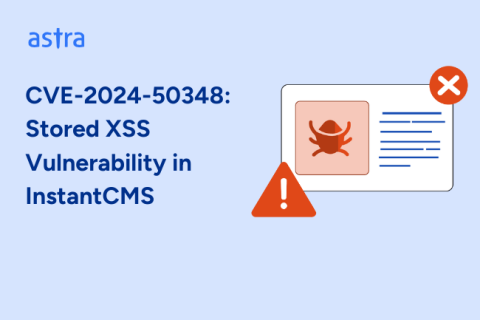Improper Access Control in School Management System: Unifiedtransform
On 29 July 2024, the researchers at Astra identified a critical vulnerability in UnifiedTransform, a popular school management software. CVE-2024-53573 is an improper access control vulnerability in an admin endpoint, leading to an account takeover.











